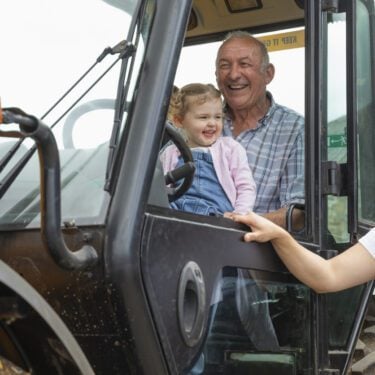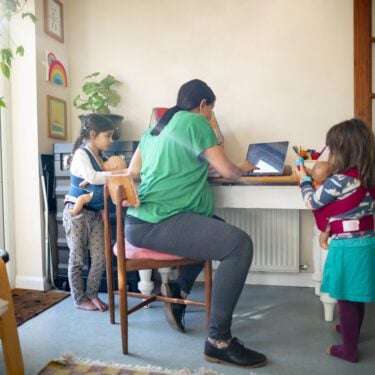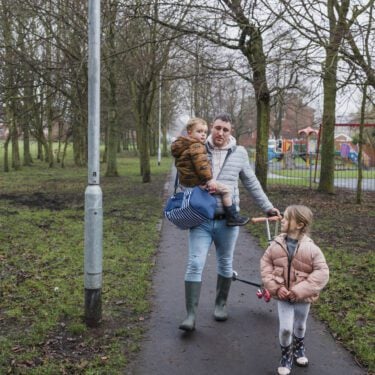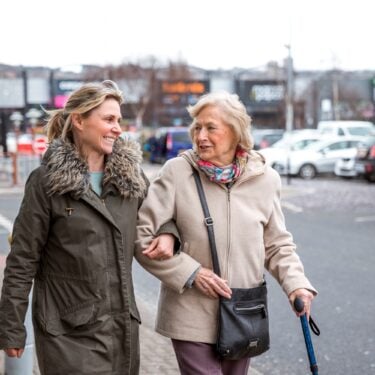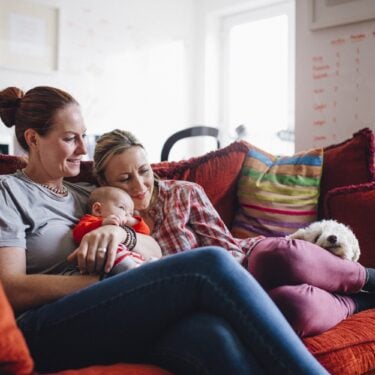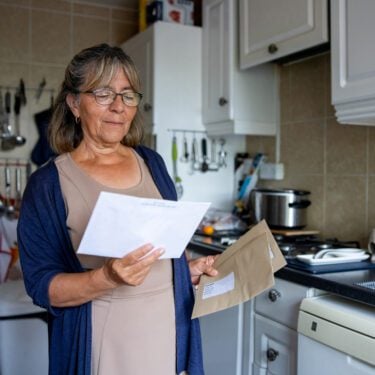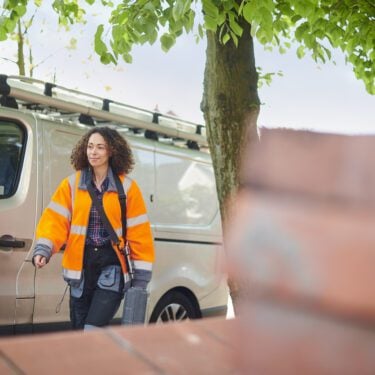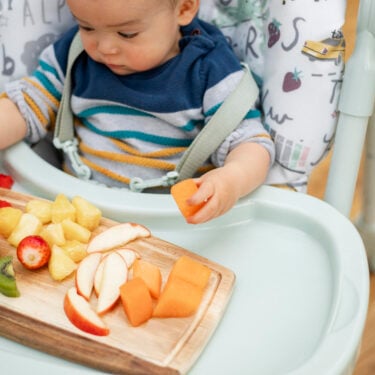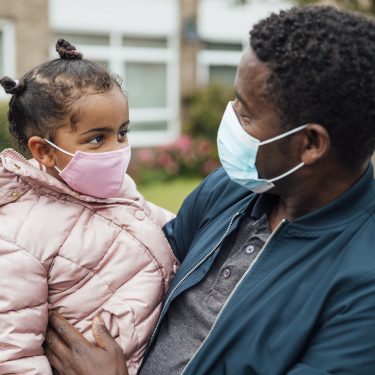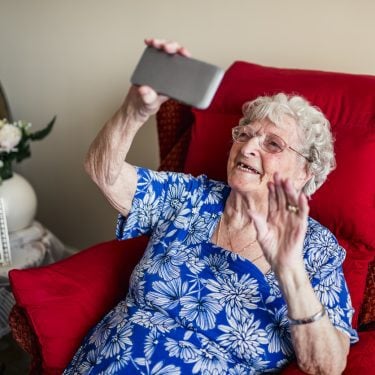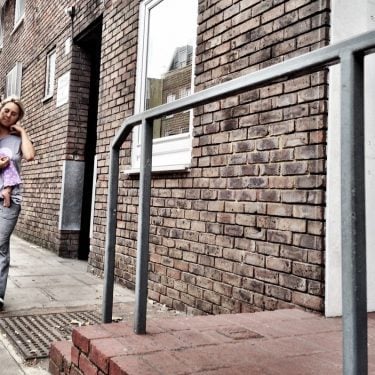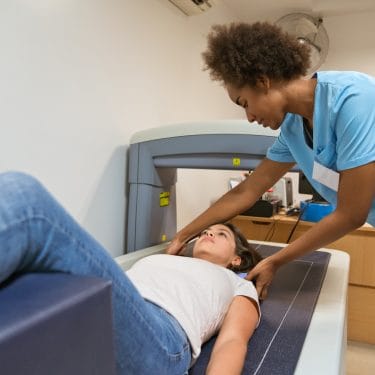Three in four workers experience fluctuating pay packets, with low paid workers most exposed to big downward changes in their monthly take-home pay, according to new Nuffield-funded research published by the Resolution Foundation.
Irregular payments examines anonymised data from seven million Lloyds Banking Group accounts to highlight the extent of irregular pay across Britain’s workforce, along with its effect on families’ financial resilience and link with Universal Credit.
The report shows for the first time that irregular earnings are far more prevalent than previously assumed. It finds that three in four employees experience volatile pay – defined as having notable changes in pay from month to month that are down to more than just pay rises, promotions or bonuses.
Around two in five workers experience ‘persistent volatility’, with significant changes in monthly pay at least six times a year. Fluctuations in monthly pay can be good news, for example receiving a promotion, but can also arise from unwanted reductions in hours or changing shift patterns.
Irregular payments finds that these monthly fluctuations – in both directions – are often very significant. The average notable upward change in pay in 2016-17 was 22%, while the average monthly decrease was -20%. This fall in monthly pay is more than a typical monthly grocery bill (£250).
The report finds that more than four in five low-paid workers (earning around £10,000) experience pay volatility, compared to just two in three higher paid workers (earning around £35,000). And while a quarter of higher paid workers only ever experience upward changes in their monthly pay, pay volatility is more likely to go both up and down for low earners.
The researchers found that pay volatility can put pressure on households’ ability to pay regular bills or build up their savings, with two in five low-to-middle income families unable to save more than £10 a month.
The extent of pay volatility among low earners also highlights the importance of a strong welfare safety net to support families when their earnings drop. The report says that Universal Credit should be better equipped to deal with volatility than the current system as it is more responsive to these shifts.
However, the Resolution Foundation warns that the current design of Universal Credit risks compounding the problems of pay volatility for those Universal Credit claimants who are paid more frequently than once a month (for example by counting two four-weekly pay cheques within a monthly assessment period as a 100% pay rise).
The Resolution Foundation says that by changing the design of Universal Credit so that claimants have more flexibility over their assessment periods, the new system could make more of a positive impact by helping to smooth incomes for those families who experience big changes in their take home pay from month to month.
It adds that employers can also take action to reduce workers’ uncertainty and anxiety that is linked to volatile pay by reducing the use of zero- and short-hours contracts, and providing more notice for shift changes.
Daniel Tomlinson, Research and Policy Analyst at the Resolution Foundation, said: “Much of Britain, from our bills to our welfare state, is built around a steady monthly pay cheque. But our research shows that working life is not so straightforward. Around three in four workers experience big upward and downward changes in their monthly take-home pay. This volatility is a particular challenge for low paid workers, who are less likely to have savings to fall back on when their pay packets shrink and yet are more likely to have big falls in monthly pay.”


















